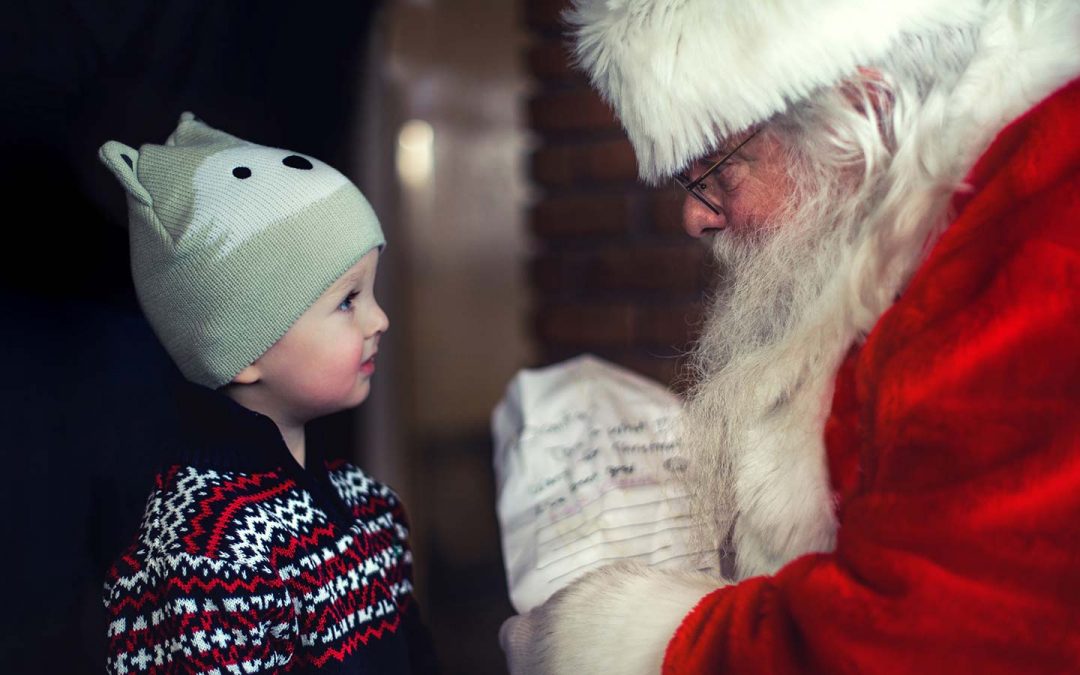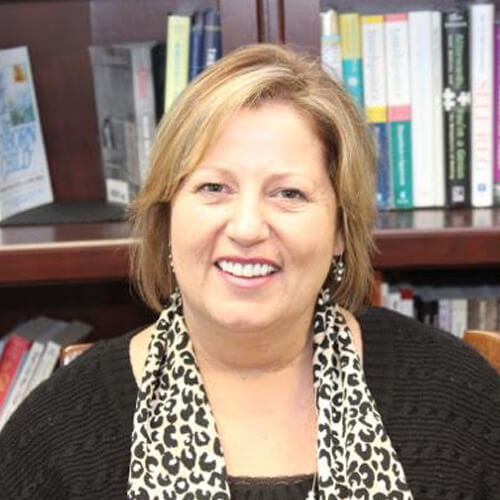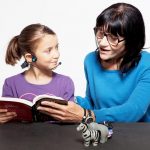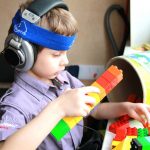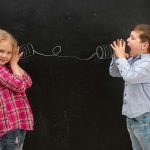There is something about the end of the year that is slightly nostalgic as I reflect on different Christmas events in the past, especially contemplating times when I was home with family in sunny South Africa. Sometimes I experience loneliness in the midst of people and the hustle and bustle around me. I was sad on Christmas Eve, but the church service at 4 in the afternoon perked me up and quiet enjoyment followed. On Christmas day I watched a 5-year old boy (we will call him Paul) waiting expectantly for Santa to arrive. This honor was bestowed on my husband and his “ho-ho-ho” really had me smiling as he entered the room in full gear, his green eyes sparkling as always! I know the feeling I feel is a strong bond of love for a man that I have been with since I was 16, and I thrive on the mutual trust and expectation we have of each other. I know this is what every child should be able to aspire to.
I watched the emotions on Paul’s face and picked up a range of at least 4 emotions, if not more, within 2 minutes. He was excited, joyful, though also a little scared, perhaps anxious. He was feeling these emotions and dealing with all of them simultaneously. As his breathing rate became faster, he made an active decision to overcome this tinge of anxiety and go with the anticipation of the moment. He took the risk of approaching Santa and started talking with him. One minute later, he was sitting on Santa’s lap, shyly talking about having been “naughty or nice”! I observed the resilience, the willingness to overcome, and the inner drive that came from high interest to see what Santa had brought for him.
There are 3 very important developmental facts that were brought to light in this very short incident, which are repeated moment after moment every day of our lives. These are necessary elements that assist us in making sense of our world, and enable us to cope with the different challenges we face every day.
- Different emotions cause different sensations in our body, but they all center around the autonomic nervous system with a balance between over and under arousal. In the early developing years, we give in to the needs of our body most of the time. Our emotional responses center around the Amygdala, which is involved in deciding whether to flee, fight or stay. As we develop and grow, our ability to gather meaning from a situation can be used to cognitively override our emotions, enabling us to continue engaging in the moment. We “know” that if we overcome, there would a reward on the other side. This “knowing” is the result of multiple different experiences that allow us quick access into our hippocampus (memory), which supports retrieval of emotional associations from past experiences. Every typical youngster feels the stress and challenge of growing up and understanding different emotions. Children who struggle with developmental delay experience added difficulty and are more prone to being avoidant of feeling different emotions, robbing them of wonderful experiences that could have assisted them in feeling more safe and secure. They tend to want to avoid feeling the sympathetic over-arousal that different emotions can bring and forfeit the ability to simply go with a feeling of joy, which will ultimately lead to more successful experiences. Paul felt each of these emotions and due to his ability to reflect on past experiences; he was able to pull through. Many potentially wonderful experiences have been marred with negative associations of the past. Their memories are fraught with feeling “out of control” and this essentially becomes their retrieval. This is even more true in children who witnessed and experienced trauma in their lives.
Children who struggle with developmental delay have an even harder time and are more prone to being avoidant of feeling different emotions, robbing them of these wonderful experiences that can form the scaffold of the next experience.
- The symbol of Santa is both strange, but good. He lives in the North Pole and spends all year making gifts with his elves. At 5, Paul knows deep down that Santa is not real, but he chooses to go with his fantasy as it suits his purpose for this time. The ability to make sense of fantasy vs. reality is a big milestone in children’s lives. For some, the reality they live in makes it better to stay in fantasy, never truly connecting in their relationships. Others cannot get into fantasy as they have difficulty imagining, operating with abstract thought, and visualizing in their minds what is not there in reality. They remain concrete, almost rigid, and experience great difficulty to understand past, present, and future, making it difficult to overcome developmental adversity.
- Lastly, our first mother is the symbol of our first love connection, which made everything “right” and provided us with an anchor to overcome. This first relationship can be symbolized in many different ways (heart sign, teddy bear, blanky, binky, bottle of milk, to name a few). These different items remind the developing mind of the nurture and care of the mother’s heart and within this experience of nurture and consistent parenting, Paul builds his own caring heart within. This scaffolds the later development of empathy and the willingness to please others. Of course many experiences, including developmental delay, can upset this process, but it does not make it less true. My symbol of an anchor has become the Cross and knowing that whenever I “mess up” and make wrong choices, I am safe in the knowing that He is standing in for me. For me, He gave the symbol of a mother so we could understand His love for us.
There is so much more to say, but I am getting quite lengthy again. My wish for each parent and therapist is to reflect on these little nuggets and to consider how one would teach these very fundamental growth areas of the brain? Considering the previous blog I wrote on behavioral vs., relational abilities, what curriculum can we possibly create to build these capacities? Positive experiences, “overcoming” experiences need to replace the older, “feeling out of control” experiences. Can we check this on a tally sheet of 3 out of 5? Or do we use the tool created for all of us to enlarge our world and understand our experiences: Play?! If being able to reflect upon your life, your experiences, this past year, have meaning for you, can you consider what life would be without this? Let us be playful this Season, let us experience joy to replace past hurts, let us stand together in this world of abundant emotions!

